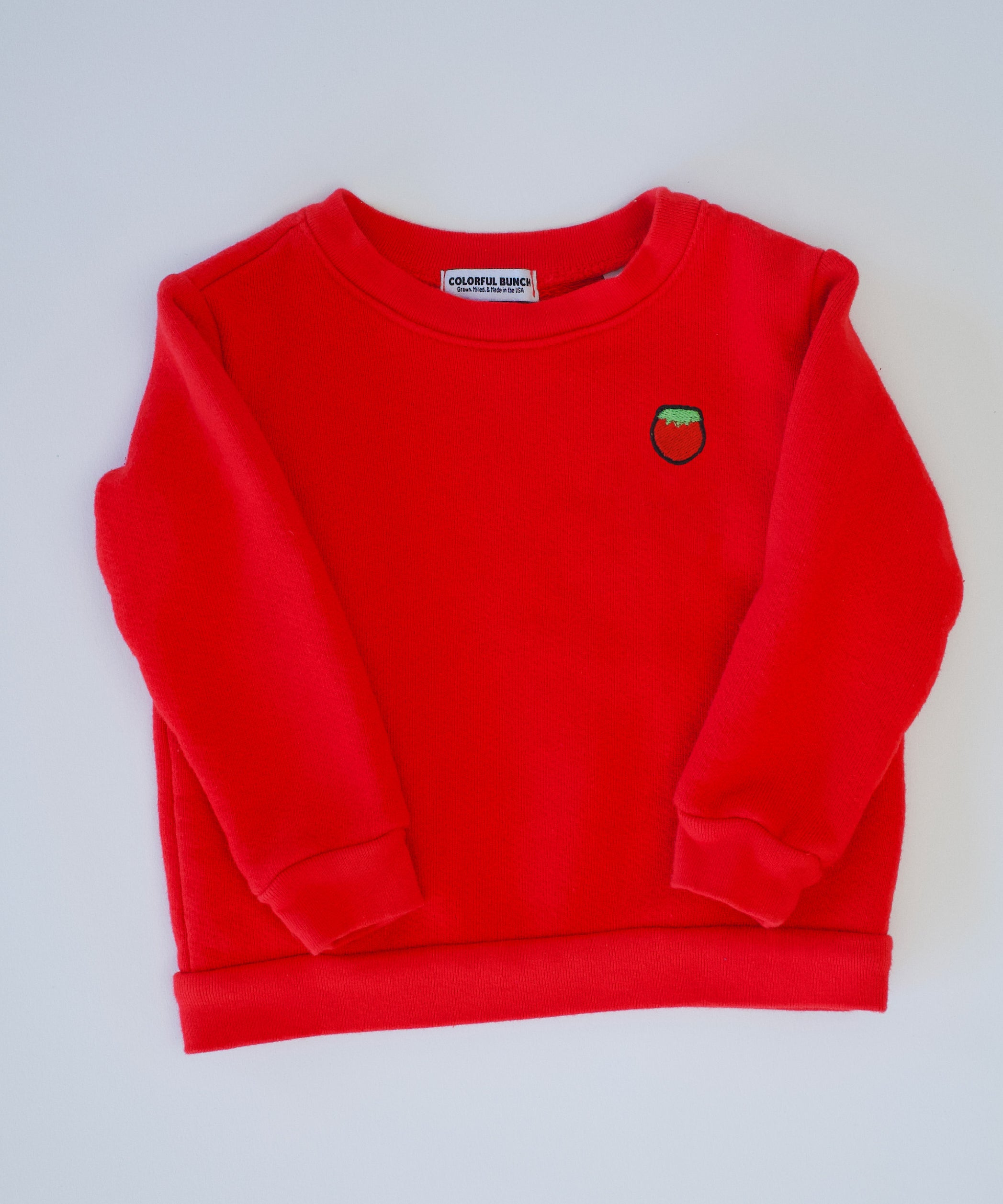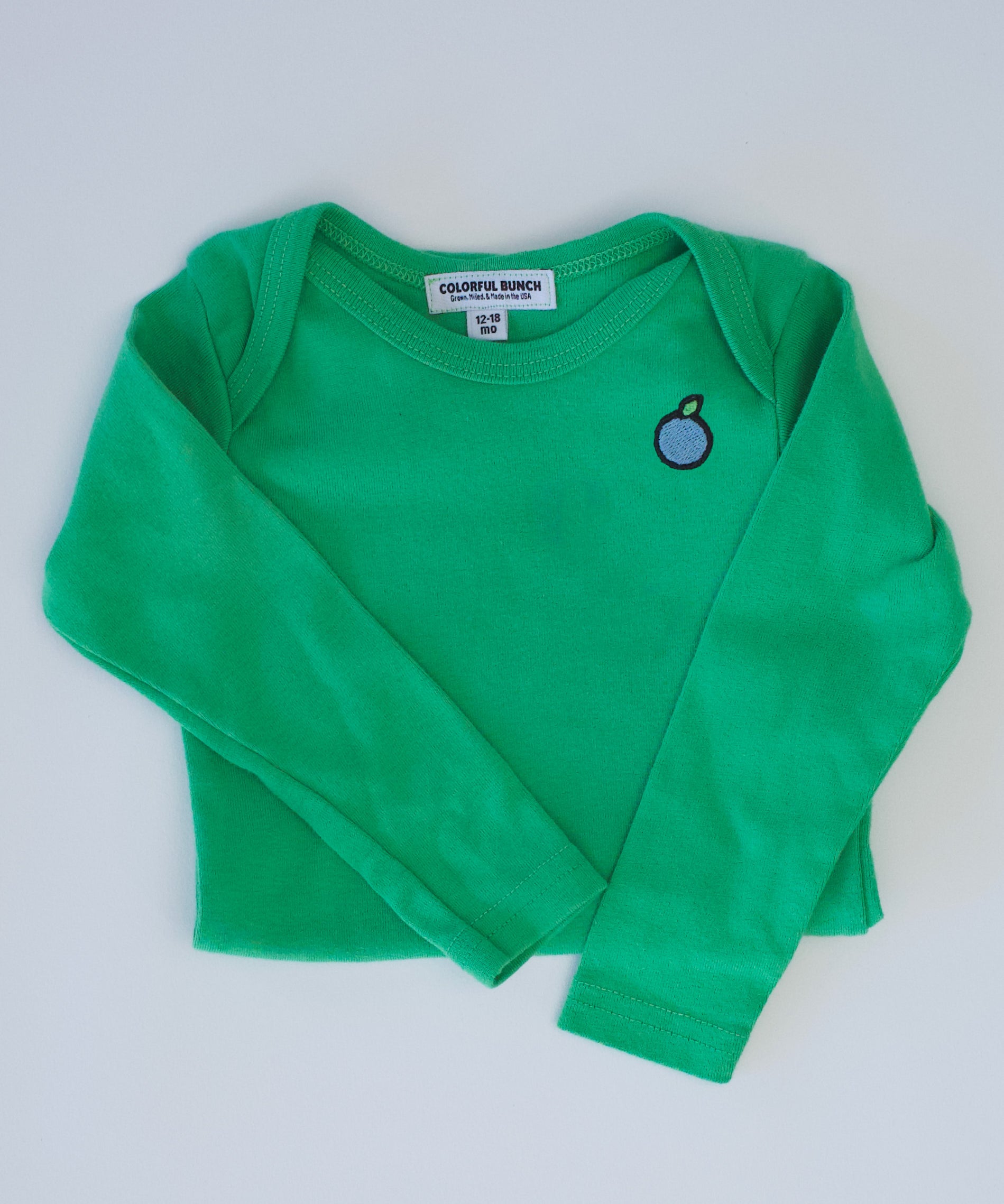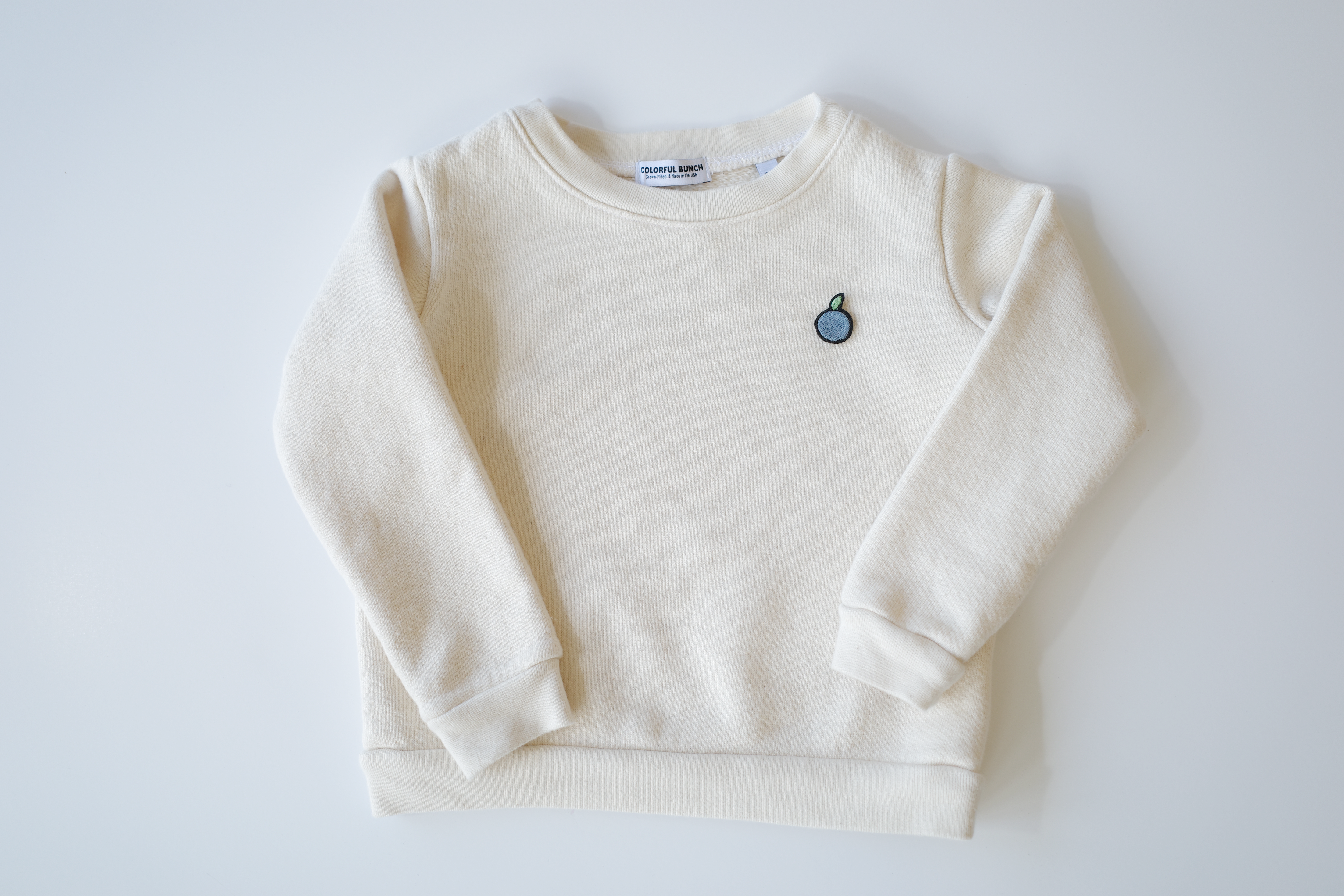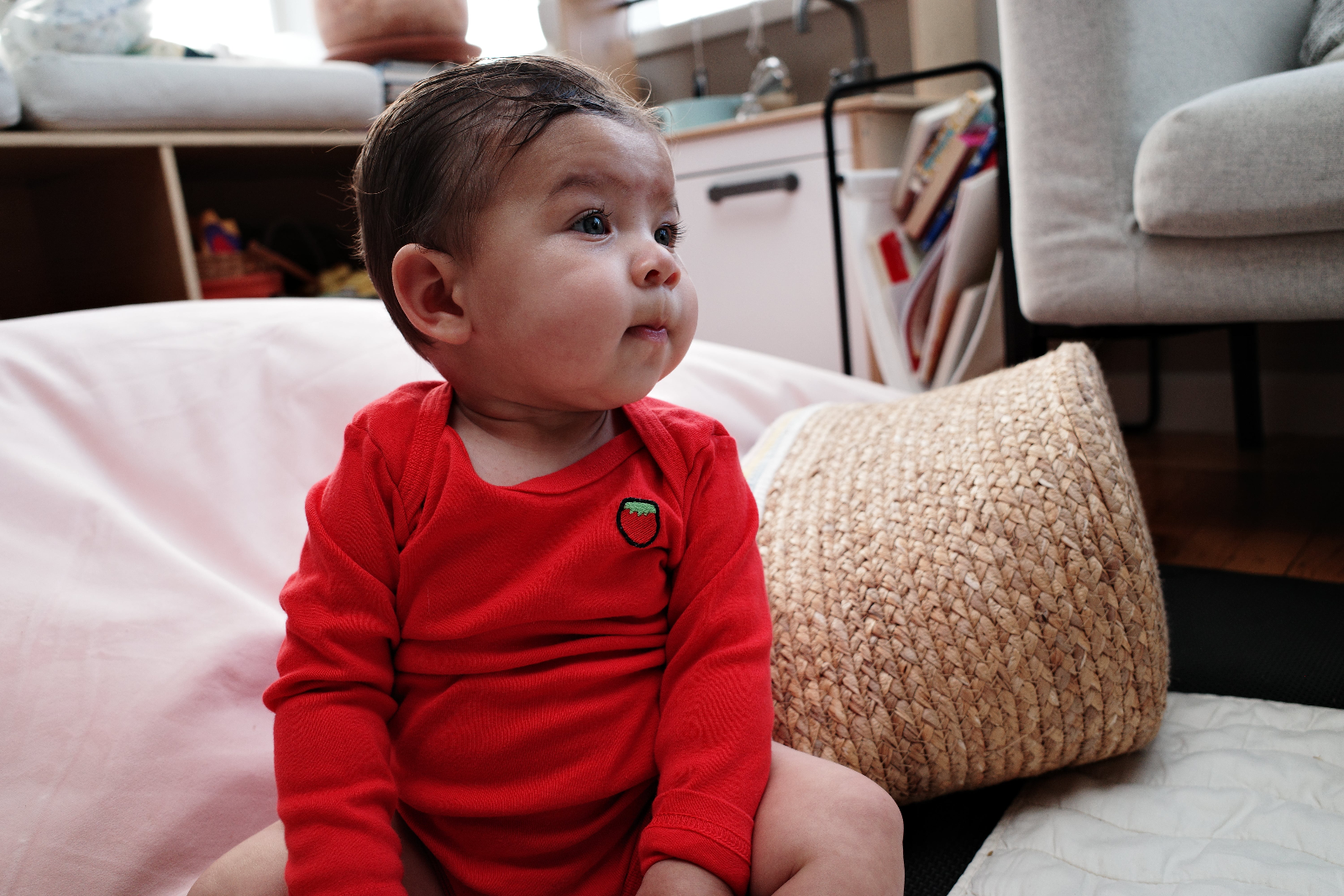When you think of childhood, what comes to mind? Perhaps it’s the laughter of kids playing in the backyard, the warmth of family gatherings, or the simple joy of a favorite outfit. For many, that outfit is a trusty pair of overalls. These versatile garments have a rich history that stretches back centuries, evolving from humble workwear to a beloved staple in kids' wardrobes. Let’s take a stroll down memory lane and explore the fascinating journey of kids' overalls.
From Workwear to Playwear: The Origins
The story of overalls begins far from the playground. In the 17th century, a sturdy cotton fabric called "dungri" emerged from India, which British traders later adapted for work clothing. By the 18th century, laborers in Europe donned simple protective garments resembling overalls. It wasn’t until the 19th century that the modern bib overall began to take shape, thanks to pioneers like Levi Strauss and Jacob Davis, who introduced durable denim work pants in the 1850s.
Initially, these garments were strictly for adults—think rugged pants worn by miners and farmers. Children, on the other hand, were dressed as miniature adults, often in suits or dresses. It wasn’t until the late 1800s that overalls began to make their way into children’s fashion, albeit as a novelty.
The Shift to Everyday Attire
The early 20th century marked a significant turning point. Around 1908, rural boys began wearing overalls to school, a trend that quickly spread. These durable garments became practical for farming families, allowing kids to play freely without ruining their "good" clothes. Brands like OshKosh B’Gosh began producing pint-sized versions of their adult overalls, making it possible for children to dress just like their dads.
By the 1920s, overalls had become a common sight in classrooms and playgrounds. They were no longer just workwear; they were embraced as practical, all-purpose play clothes for both boys and girls. This shift reflected changing attitudes toward childhood, emphasizing play and comfort over formality.
Overalls Through the Decades
As the decades rolled on, overalls continued to evolve. During the Great Depression, they became a symbol of resilience, worn by children across socioeconomic backgrounds. In the 1940s, World War II further normalized the sight of girls in overalls, breaking down gender barriers in children’s fashion.
The 1960s brought a cultural revolution, with overalls becoming a symbol of counterculture. Activists wore them as a statement of solidarity with the working class, while the hippie movement embraced them as a comfortable, unpretentious style. By the 1980s and 1990s, overalls surged in popularity, becoming a fashion statement for kids and teens alike, often adorned with playful designs and vibrant colors.
The Modern Revival
Fast forward to the 21st century, and overalls are experiencing yet another renaissance. Nostalgia for the 90s has brought them back into the spotlight, with modern twists like stretch denim and eco-friendly materials. Today’s overalls come in a variety of styles, from classic blue denim to colorful corduroy, appealing to a new generation of kids and parents.
What remains unchanged is the core appeal of overalls: comfort, durability, and versatility. They allow children to move freely, play hard, and express their unique styles. Plus, their unisex nature aligns perfectly with contemporary moves toward gender-neutral fashion.
Why Overalls Matter
So, why do overalls continue to hold a special place in our hearts? Perhaps it’s their ability to bridge generations, connecting parents with their own childhood memories while providing a practical and stylish option for their kids. They symbolize a carefree spirit, a reminder that childhood is a time for exploration and joy.
As we reflect on the journey of kids' overalls, it’s clear that these garments are more than just clothing. They are a cultural icon, stitched with threads of practicality and nostalgia. Whether worn by a toddler playing in the park or a teenager making a fashion statement, overalls embody the essence of childhood—fun, freedom, and a touch of whimsy.
In a world that often feels fast-paced and chaotic, there’s something comforting about the simplicity of a pair of overalls. They remind us to embrace the little moments, to play, and to cherish the joy of being a kid. So the next time you see a child in overalls, take a moment to appreciate the rich history behind them and the timeless charm they bring to childhood. After all, every pair tells a story, and every story is worth sharing.








Leave a comment